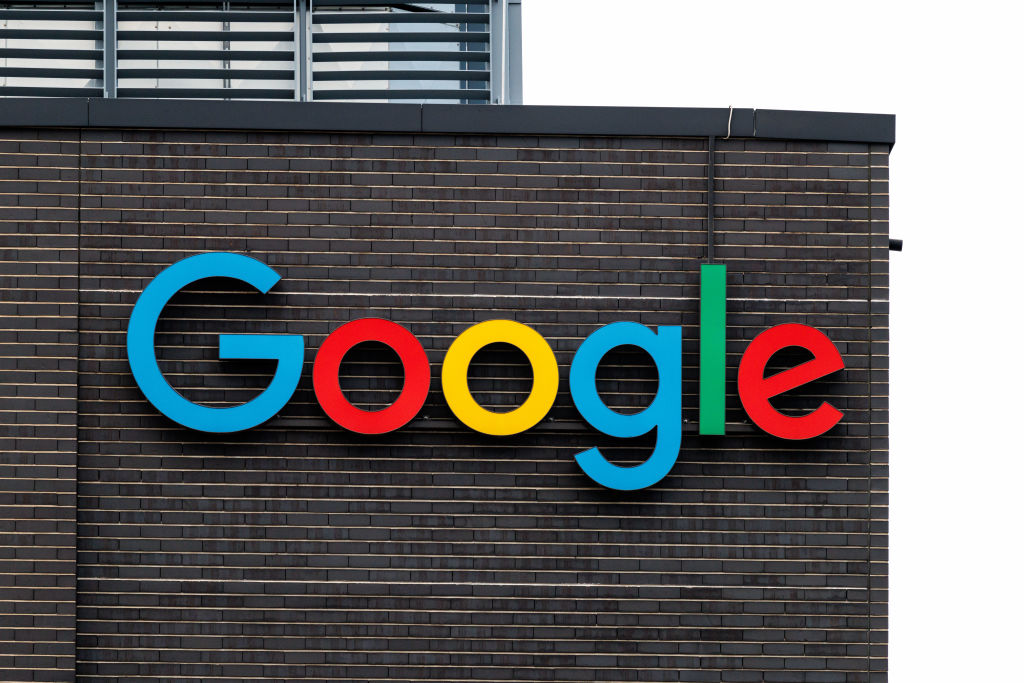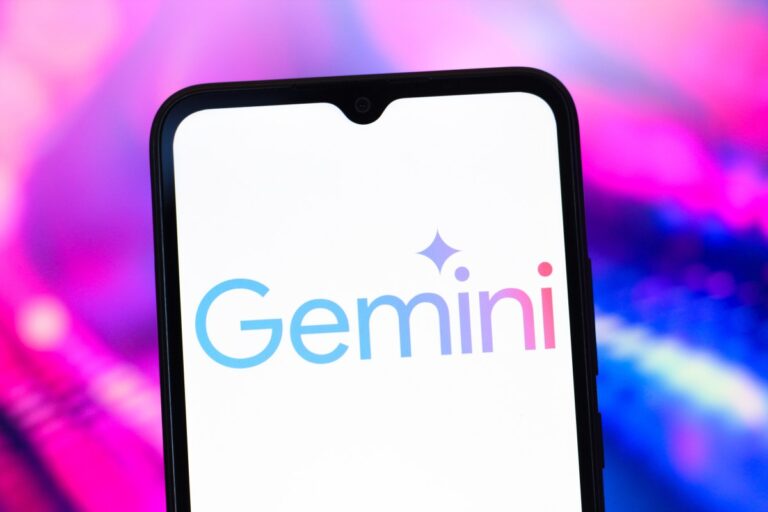Unlocking Creativity: How Google’s New AI Model is Revolutionizing Image Editing by Removing Watermarks
In the ever-evolving landscape of artificial intelligence, users have recently uncovered a controversial application of Google’s Gemini AI model: the ability to remove watermarks from images. This capability raises significant concerns, especially when it involves images published by renowned stock media providers like Getty Images.
Gemini 2.0 Flash: An Overview
Last week, Google broadened access to its Gemini 2.0 Flash model, which features advanced image generation capabilities. This model allows users to create and edit images natively, showcasing its impressive functionality. However, it also appears to lack adequate safeguards, leading to potential misuse.
Key Features of Gemini 2.0 Flash
- Image Generation and Editing: Users can create and edit images with simple text prompts, enhancing creative possibilities.
- Watermark Removal: The model can remove existing watermarks and even fill in gaps left by the deletion.
- Free Accessibility: Gemini 2.0 Flash is available at no cost through Google’s AI Studio.
As highlighted by several users on platforms like Twitter and Reddit, the model’s proficiency in watermark removal is particularly noteworthy. It appears to seamlessly replace removed watermarks, a feature that sets it apart from other AI tools.
Concerns Over Copyright Infringement
Despite its innovative capabilities, Gemini 2.0 Flash’s lack of restrictions may raise alarms among copyright holders. Many models, including Anthropic’s Claude 3.7 Sonnet and OpenAI’s GPT-4o, refuse to engage in watermark removal, citing ethical and legal concerns. According to legal experts, removing a watermark without the original owner’s consent can be deemed illegal under U.S. copyright law, with few exceptions.
Google’s Response
In light of these concerns, Google has issued a statement clarifying its stance:
“Using Google’s generative AI tools to engage in copyright infringement is a violation of our terms of service. As with all experimental releases, we’re monitoring closely and listening for developer feedback.”
As of now, the Gemini 2.0 Flash model is labeled as “experimental” and is not intended for production use. It is accessible only through Google’s developer-facing tools, such as AI Studio.
Conclusion
The discovery of watermark removal capabilities in the Gemini AI model has sparked a debate about ethical AI use and copyright issues. As technology advances, it is crucial to establish guidelines that protect intellectual property rights while fostering innovation.
For further information about the implications of AI on copyright, visit Law.com.







